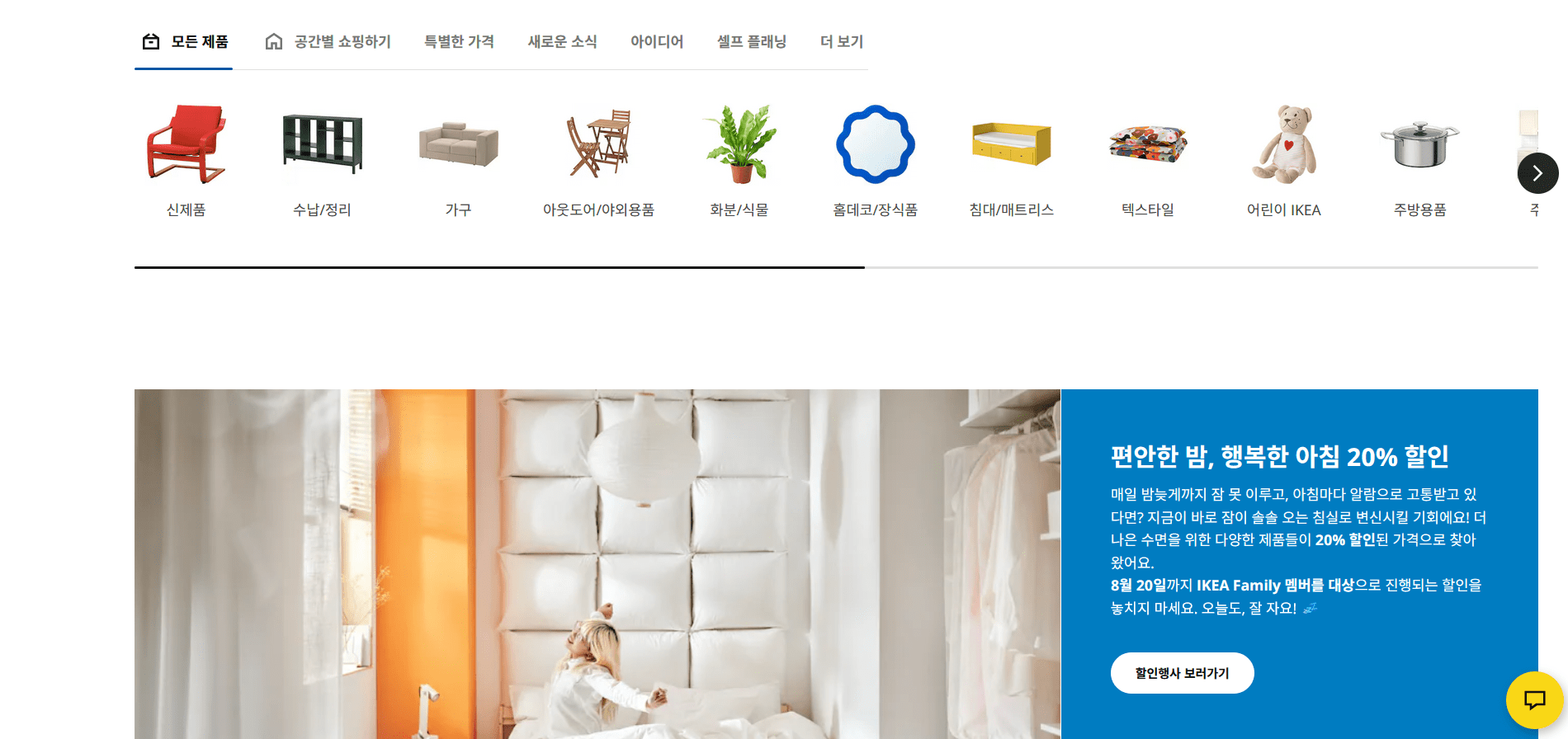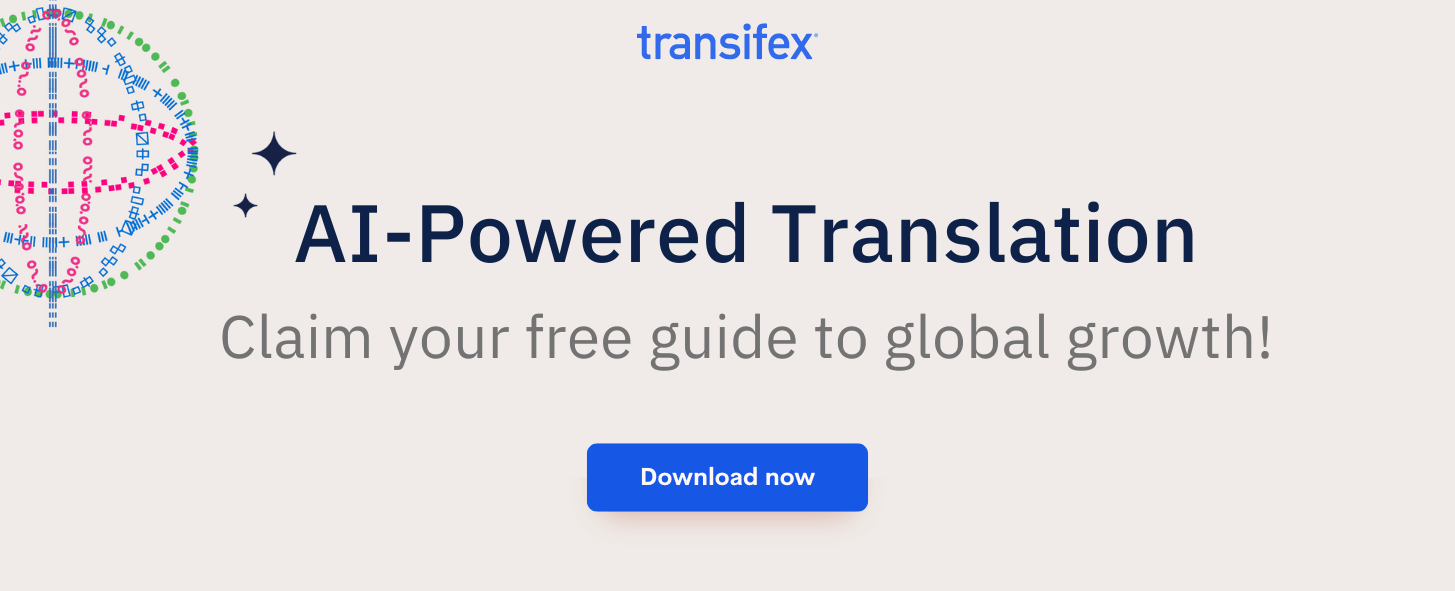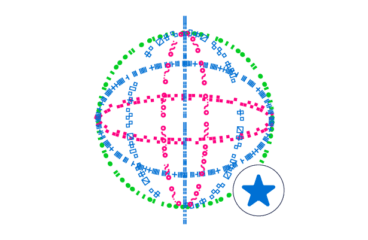If you’re contemplating investing in content translation, there are certain things you should know before starting.
This article shares the essentials of translating your content, including common challenges and the benefits of localization.
Let’s dive in!
What is Content Translation?
Content translation is about conveying the essence, tone, and nuance of a message across languages, cultures, and regions.
It involves taking any digital asset that resonates with a specific audience in one language such as text, images, videos, or other multimedia and making it equally impactful, engaging, and relevant for another audience in a different language.
This requires a deep understanding of the original content’s context, tone, and intended audience to capture the subtleties of language, idioms, and cultural references that might not translate literally. This way you can create an experience for global audiences that feels natural and authentic, like it was crafted specifically for them.
Why is Content Translation Important?
IKEA’s localized website for Korea
You might think that translating your website into English is enough because it’s the most widely used language.
But that’s not the case!
Although more than 50% of web content is in English, less than 20% of the world’s population speaks it. This makes it difficult for many to understand English online content, let alone engage with it and convert.
Making your website content available in other languages through scalable, efficient processes can help you forge meaningful connections with your audience and gain their trust.
This can lead not only to increased revenue for your business but also to greater customer loyalty!
What Are the Benefits of Content Translation?
Nike’s localized website for Italy
Content translation can greatly benefit your international marketing efforts, especially if you want to expand into global markets.
Here are the main benefits of content translation:
#1 Improved User Experience
Translating your website into different target languages can significantly enhance the user experience by allowing users to browse in their own language.
Creating culturally relevant content for your target audiences, facilitated by intelligent localization processes, helps users understand what you offer, encouraging engagement.
Remember that localized content that aligns with your audience’s cultural characteristics and is easy to understand is key!
#2 Better Ranking in Local Search Engines
Search engine results vary from country to country and region to region, but you still want your website to appear at the top results, right?
Google and other search engines detect the user’s preferred language and display content accordingly.
Therefore, leveraging search engine optimization (SEO) to create a multilingual website that aligns with regional search behavior can help you rank higher in search results – don’t neglect it!
#3 Broader Global Audience Reach
The audience you can reach in your home country is limited, but there are countless opportunities for international expansion!
Content translation helps you overcome language barriers, allowing you to promote your products or services to diverse audiences in their native languages. What better way to expand your reach and enter foreign markets?
#4 Increased Conversion Rates
If online users don’t understand your website’s language, they are unlikely to convert -whether it’s subscribing to your newsletter or purchasing a product. In fact, a CSA survey found that 76% of online users prefer products with information in their native language.
To facilitate customer journeys and encourage conversions, providing content your global audience understands and culturally resonates with is crucial!
What Are the Challenges of Content Translation?
Despite its benefits, content translation has several challenges that you need to overcome for successful localization.
#1 Translation of Jokes, Expressions, and Idioms
Translating idioms and expressions from one language to another is one of the most challenging aspects of content translation. Literal translation is not recommended in this case, as these phrases often have different meanings in each language.
Therefore, using tools that can effectively translate idiomatic expressions in a culturally relevant way is crucial. This approach can help you avoid potential misunderstandings that could damage your reputation!
#2 Brand Voice Consistency
Maintaining a consistent brand voice across all marketing channels is essential for successful localization. While it’s important to adjust for each target market’s cultural nuances, your brand voice should remain consistent to build trust.
But what elements of your brand should be localized, and which should not? And how can your brand voice and values be effectively conveyed in every target language?
You can overcome these challenges by collaborating with experienced experts or investing in advanced tools that generate contextual translations based on your brand’s specific resources, style guides, and glossaries like Transifex AI!
#3 Search Engine Optimization
Search engine optimization (SEO) is one of the most effective ways to increase your online visibility, as it helps your website rank higher in search engine results. This means more online users will see your website, which can lead to increased visits, conversions, and revenue.
However, optimizing for local search engines is challenging, as users in different regions use distinct search terms.
Crafting a strong keyword strategy based on local terms, optimizing metadata, and localizing website content are essential elements of international SEO!
How Can Localization Help You Expand in New Markets?
Localization can help you expand in new markets by making your brand messaging more relevant and accessible to local audiences.
By adapting content to fit the preferences and characteristics of the target market, you can increase user engagement, satisfaction, and trust.
Additionally, providing a user experience that feels native and intuitive to the local audience increases the chances of market acceptance and success.
Tips for Effective Content Translation
Content translation can be challenging, but you can make your translation efforts much more effective by following these tips!
#1 Combine the Benefits of Human Translation and Machine Translation
Human and machine translations each have different advantages. By combining them, you can enhance your localization efforts. Using AI-powered tools like Transifex AI ensures both cultural resonance and accuracy is your best bet!
#2 Prioritize the Translation of Your Highest-Converting Landing Pages
You can review your website analytics to identify your highest-converting landing pages and prioritize translating them first. This approach can help you increase your website’s conversion rate more quickly!
#3 Use Clear and Consistent Terminology and Gender-Neutral Language
Using glossaries and translation memory helps maintain consistency in terminology across all your translated content. Whether you use machine translation or human translators, these tools make it easier to ensure that specific terms are used correctly.
#4 Avoid Word-for-Word Translation With Tools Like Google Translate
Word-for-word translation that lacks cultural context could ruin your localization efforts. Therefore, relying on automatic translation tools like Google Translate is not recommended for content translation.
#5 Localize Idioms, Jokes, and Expressions
As mentioned above, localizing idioms and expressions is a key challenge in content translation. To resonate culturally with your target market, make sure to translate these elements in a culturally relevant manner!
#6 Ensure CMS Integration
Ensuring that your translation management system integrates with your CMS (such as WordPress, Contentful, etc.) is crucial. CMS integration improves collaboration and enables instant content updates, which speeds up the translation process!
How Can Transifex Help You with Content Translation?
The content translation process can be time-consuming and challenging without the right tools! Transifex offers effective localization tools and translation services that help speed up the translation process, ensuring cultural relevance and SEO compliance.
- The powerful Transifex AI creates human-quality, contextual, and accurate translations that maintain brand voice and messaging across different languages. Combined with TQI, it minimizes human intervention.
- Transifex Live enables no-code real-time translation.
But what are the key features that make Transifex tools ultra-effective?
- Ease of use: Transifex allows you to choose any language and enter new markets more easily.
- Scalability: Using our translation management system, you can manage and track all projects within a single platform.
- Advanced automation: Streamlined, automated workflows for the entire localization process from start to finish.
- Translation memory.
Are you ready to boost your content translation efforts with the help of AI?
Sign up for a free trial today!
FAQs
What language is most needed for translation?
Simplified Chinese, Italian, German, and Spanish are among the languages with the highest demand in the business world.
What are the two main methods of translation?
The two main translation techniques are direct translation and oblique translation. Direct translation is preferred when the text elements are similar in both the source and target languages, while oblique translation is used when the original text needs to be adjusted to preserve its meaning in the target language.
What are the most important elements of translation?
Some of the most important elements of effective content translation are flawless grammar, precision, concise word usage, and appropriate style.














